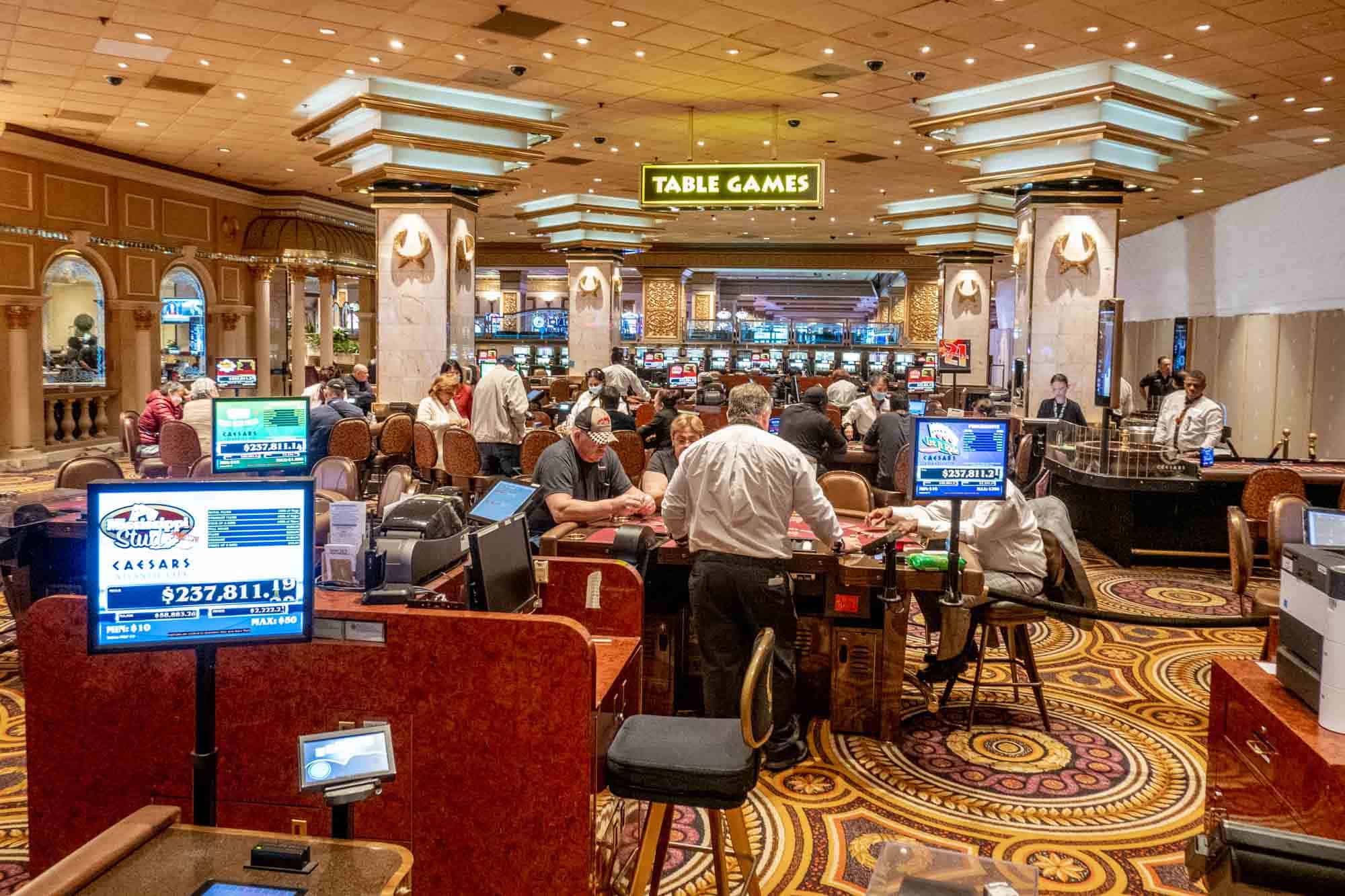
Casino experiences have long captivated the human imagination, drawing gamblers into a world filled with fortune, planning, and the allure of excitement. Each activity is carefully crafted not just for entertainment, but also to inspire specific emotional responses that keep gamblers immersed and invested. Understanding the reasons behind these designs reveals much about how behavioral psychology plays a key role in the gaming experience.
From the bright lights and vibrant sounds to the sophisticated layering of rules and rewards, casino games are designed to create an atmosphere of excitement and expectation. BJ88 Đá gà Game designers leverage mental cues to influence gambler behavior, whether through the use of jackpots, close-call situations, or social connections. By examining these factors, we can better appreciate how casino games fulfill not just a desire for entertainment, but underlying psychological needs for excitement and uncertainty.
Grasping Gamer Behavior
Casino games are crafted with a deep comprehension of gamer psychology, which is crucial for drawing in and keeping players. The rush of the game, alongside the expectation of winning, produces a formidable allure. Game designers employ elements like sonic elements, vibrant graphics, and immersive gameplay to engage attention and elicit emotional responses. These sensory effects enhance the overall experience, making players feel more invested in the game.
Another notable aspect of player behavior is the notion of risk/reward dynamics. Casino games often weigh high-stakes situations with the potential for considerable rewards, which can result in the occurrence known as near-miss experience. When players come close to winning, the brain releases dopamine, bolstering their behavior and encouraging them to persist playing in quest of that fleeting win. This cycle of wish and letdown plays a crucial role in how games are constructed and promoted.
Lastly, social elements also play a critical role in player behavior at casinos. Many games are designed to be played in teams or in company with other players, fostering a sense of community and collective experience. The community engagement inherent in games like baccarat enhances enjoyment and can culminate in longer play sessions. Designers capitalize on this by creating environments that prompt players to linger, connect, and return, making the overall casino experience more inviting.
The Role of Visuals and Audio
Visuals and sound play a vital role in enhancing the gambler’s experience within gambling games. Designers utilize bold colors, eye-catching graphics, and engaging animations to capture gambler’s attention and hold their focus. The use of motifs, such as exploration or luxury, helps create an engaging atmosphere that takes players into another world. By connecting to the senses, these elements contribute to a heightened emotional response, encouraging players to interact more deeply with the games.
Audio design is just as important in reinforcing the overall experience of casino games. The combination of background music, audio effects for successful combinations, and environmental noises creates an auditory landscape that keeps players enthralled. Audio cues associated with victories, such as ringing bells or celebratory music, evoke feelings of excitement and satisfaction, encouraging players to keep playing. These sound cues are carefully placed to enhance the thrill of the game and create a more engaging experience.
Additionally, the synchronization of visuals and sound is crucial for supporting the game’s overall theme and atmosphere. Each element should align seamlessly to create a cohesive experience that draws players in. The effective use of this integration not only improves user enjoyment but also boosts the chances of return play, as players become more engaged in the immersive world that the casino games offer. This thoughtful combination of imagery and sound ultimately enhances player involvement and loyalty.
Reward Structures and Participation
The design of casino games greatly relies on incentive structures to ensure players engaged and coming back for more. These systems are based in behavioral principles that exploit human behavior and desire. Players are often motivated by the thrill of winning, which is reinforced by immediate responses through the game’s mechanics. This prompt satisfaction not just improves the overall experience but also fosters a feeling of success, encouraging players to continue playing in hopes of bigger gains.
Casinos implement various incentive systems, including large payouts, extra rewards, and increased rewards, to captivate participants. These features create a layer of thrill that sustains engagement. Additionally, the unpredictability of outcomes plays a significant role in keeping interest. The intermittent reinforcement schedule, where successes are unpredictable but happen often enough, maintains players on edge and driven to keep playing. This cycle of anticipation and expectation is essential to the success of casino games.
Furthermore, social elements, such as tournaments and collaborative options, enhance the participation factor by leveraging the desire to compete of players. The shared experience of gaming with fellow participants can intensify the excitement of success and create a sense of community within the casino. By combining these social dynamics with effective reward systems, casino games don’t just offer entertainment but also foster a stronger connection among players, solidifying their loyalty to the overall experience.
